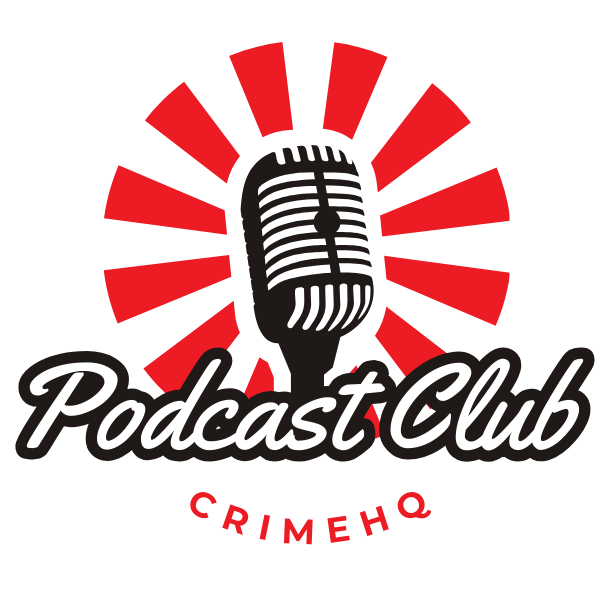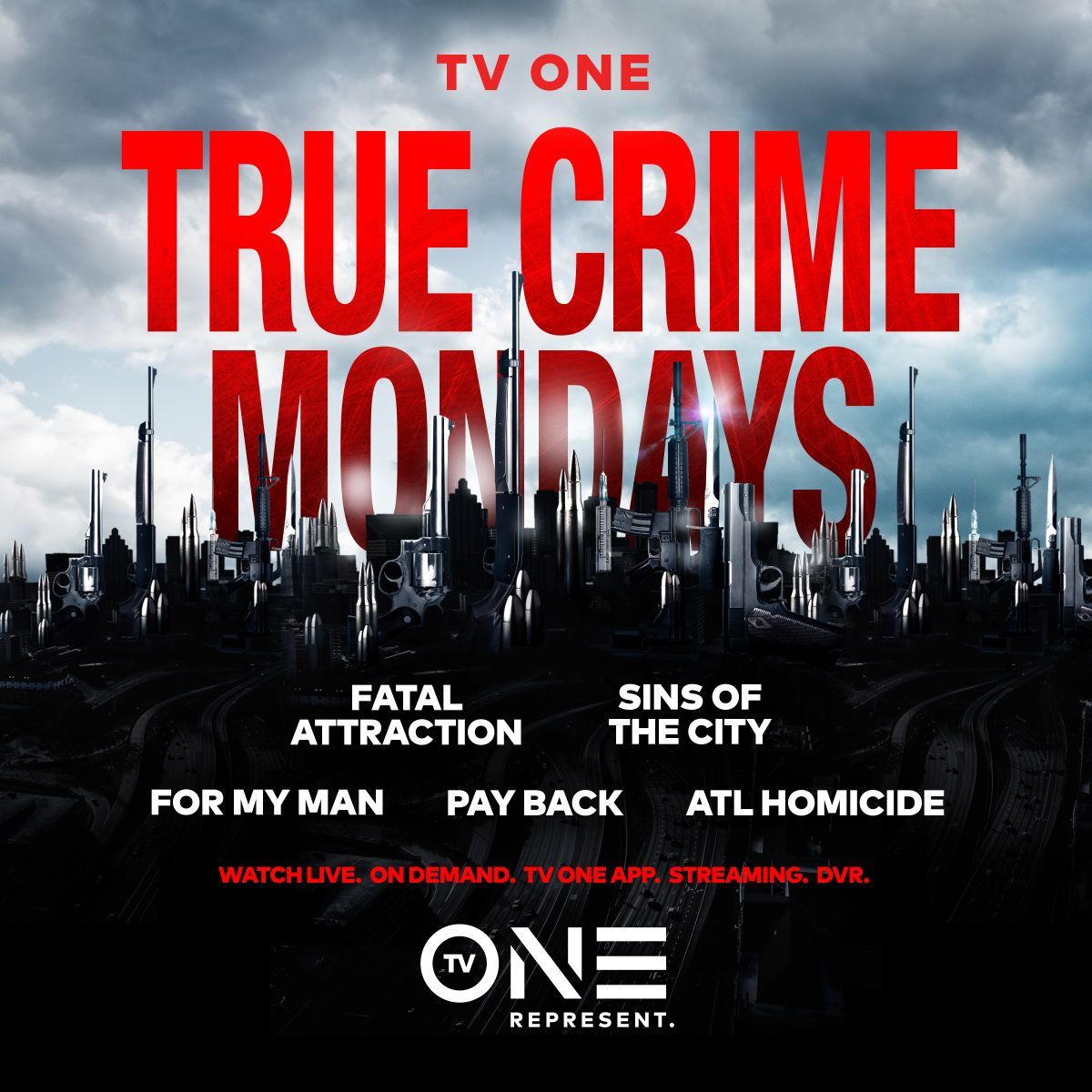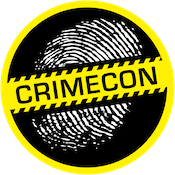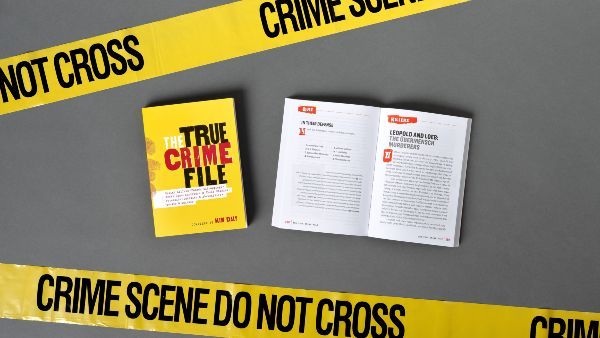THE TRUE CRIME FILE
THE TRUE CRIME FILE: Serial Killers, Famous Kidnappings, Great Cons, Survivors & Their Stories, Forensics, Oddities & Absurdities, Quotes & Quizzes compiled by Kim Daly is a content-packed mini-encyclopedia for newcomers and aficionados alike that delivers more than 200 stories of murder, mayhem, and survival. Our favorite part? Daly gets to the heart of true crime while remaining respectful of the victims—meaning all the stories are told with an emphasis on awareness, victim advocacy, and social justice.
The True Crime File is perfect for those just beginning to explore the thrilling vagaries of true crime and also provides a new lens for fans who have been delving into the subject for years.
For a teaser, read our Q&A with Kim Daly, who wrote and compiled The True Crime File
Q: Can you elaborate on why The True Crime File is described as “not your average crime book?”
A: The focus is much broader than the average crime book. There are more than 200 crimes, facts, and quizzes that cover a survey of everything true crime—from stalking, kidnapping, and murder to heists, forensics, and famous uprisings and beyond and in between.
Q: Can you tell us more about your background and how it informed the tone and content of The True Crime File?
A: I have a background in trauma studies, victim’s advocacy, and conscious language. I wanted The True Crime File to reflect this—trauma-informed, victim-focused true crime content delivered in as sensitive and respectful a tone as possible. There’s always a risk of exploitation when telling stories of violent crime or even crimes of desperation, but I think avoiding sensationalism mitigates that risk.
Q: Do you have a favorite entry from the book or a story that’s stayed with you for a long time?
A: I have a lot of favorites. I like the story of musician Gram Parsons, whose friends stole his corpse with the intention of fulfilling his dying wish of being cremated and having his ashes spread in Joshua Tree National Park. To say they bungled it is a massive understatement. The story gives me such a visceral feeling of a specific time—the early 1970s—and place and how mythologized and romanticized the very real and tragic consequences of sex, drugs, and rock ’n’ roll.
One that’s stayed with me for a long time is the mysterious death of Keith Warren, a Maryland teenager who was found hanged in July 1986, just a month before he was supposed to start college. I remember seeing the story on a rerun Unsolved Mysteries in the early aughts and the chilling sense of disbelief that police insisted he died by suicide.
Q: Did you discover anything new or surprising while writing the book?
A: Writing and compiling the book was basically just a prolonged discovery of new and surprising things. I really can’t even narrow it down.
Q: Are there any personal anecdotes on why you chose to include specific stories?
A: I lived just half a dozen houses down from the senior center where Louise Paciarello was murdered in 2007. I remember driving past the scene on my way to work the following morning. I had never seen anything like it—her apartment was incinerated, leaving behind a charred void. I was working at a local newspaper, so I was able to follow the story very closely as it unfolded. The neighborhood always struck me as strange—in an otherwise residential area, there were two churches, a monastery, an overgrown abandoned elementary school, and a cemetery within a block radius. And then a murder.
Q: What do you hope readers will take away from the book?
A: I hope it scratches whatever true crime itch a reader might have!
Kim Daly writes about pop culture, true crime, and mystery when not working as copy chief at Workman Publishing. She holds a master’s degree in English with a focus on trauma studies and previously worked as a rape crisis counselor. She lives across from the Green-Wood Cemetery in Brooklyn, New York.New Paragraph
MORE FROM THE CRIMECON BLOG





